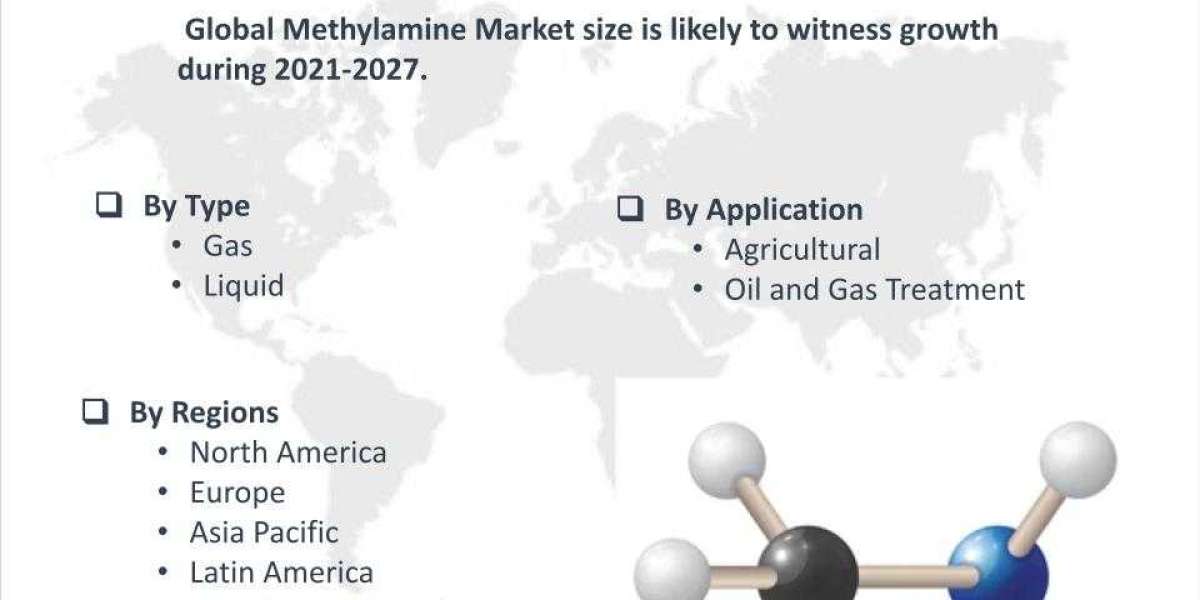Economics:
Micro vs. Macro The two subfields of economics—micro and macro—have different focuses and methods. The following are the main variations between micro and macroeconomics
Scope:
The decisions that people and businesses make about resource allocation, production, and consumption are the main topics of microeconomics. On the other side, macroeconomics examines the general health of the economy, including GDP, inflation, and unemployment.
Microeconomics explained -
The study of specific marketplaces and economic sectors is known as microeconomics. It examines topics including consumer behavior, niche labor markets, and firm theory. It determines how the scarce resources are distributed among diverse people to meet their needs. Additionally, it outlines the requirements for the greatest feasible resource usage in order to maximize productivity and societal welfare.
Macroeconomics Definition -
A significant picture is presented by the economics field known as macroeconomics. It examines the economy in great detail and takes into account a number of economic topics. Macroeconomics measures and understands the problems that an economy faces as well as the progress it achieves. It examines 'aggregate' factors including inflation, national production, and aggregate demand.
Interdependence:
Microeconomics makes the assumption that people and businesses behave independently of one another and only communicate with one another through the market. In contrast, macroeconomics acknowledges the interconnectedness of several economic sectors, including governments, enterprises, and households.
Policy Repercussions:
The effectiveness of resource allocation and how shifting incentives and pricing impact people's and businesses' behavior are the main topics of microeconomics. On the other side, macroeconomics is interested in how government actions might affect the economy's performance and general stability.
Significant Economic Trends
It is important to consider how stable the general business climate is while analyzing macroeconomic developments. You might anticipate that consumers may be hesitant to make purchases if you notice rising unemployment, house foreclosures, and bankruptcies. Scale back your ambitions to buy inventory or commit to expensive growth initiatives using this information to inform your decision-making.
In-Stat Trends
Local and regional trends may have an instant effect on your small business. Examine the economic climate of your clients instead of merely the changes in the area around where your firm is located. The most significant impact on your small business will come from these microeconomic factors. Based on the escalating and decreasing expectations of your clients, make business decisions. If you adjust your marketing initiatives to lessen expectations while also reducing expenditures, you can withstand a slump.
Media exploitation
Newspapers and Internet pieces with bad news sell better. On a global and local scale, the media have the power to misrepresent difficult economic circumstances. Make your own observations when you can. Bad economic news frequently offers a small firm a chance. For instance, you may start offering less priced items with fewer features or provide cost-effective services to customers who are limiting their spending. The headlines about the economy need not be terrible news for your small business.
Business Finances
Your business is a mini-economy all by itself. Just like you would with patterns in any other economic organization, take into account trends in your earnings, sales, and costs. If you are succeeding despite difficult economic conditions, it can be because you are well-positioned in a cutthroat industry. Avoid letting local or global news influence your actions in a way that might jeopardize your success. People don't just stop shopping during downturns; instead, they either buy less or lean toward more cost-effective goods. You can accommodate that shift in consumer behavior and yet turn a profit. Your decision-making process should include an examination of the economics and profitability of your own business.
Reasoned Choices
Your awareness of regional and global economic trends must be balanced with your current experiences gained from dealing with clients. Both art and science go into striking this equilibrium. You need to become sensitive to monetary trends. You must also have the ability to seek out possibilities that go against the grain.
Important distinctions between micro and macroeconomics
The distinction between micro and macroeconomics is explained in depth by the following points:
- Microeconomics is the study of a specific economic unit, such as an individual, household, business, or industry. It investigates economic problems on a personal level. On the other hand, macroeconomics examines the entire economy rather than a single unit. It achieves this by examining aggregate units like national income, the general level of prices, total consumption, etc. It covers a range of economic concerns.
- Individual economic units are emphasized in microeconomics. The focus of macroeconomics, in contrast, is on broad economic factors.
- While macroeconomics is focused on the environment and external challenges, microeconomics is used to address operational or internal difficulties.
- The two fundamental instruments of microeconomics are supply and demand. On the other hand, aggregate supply and demand are the main instruments of macroeconomics.
- Microeconomics is the study of a single item, business, home, industry, salary, price, etc. On the other hand, aggregates like national income, national production, price level, total consumption, total savings, total investment, etc. are the focus of macroeconomics.
- Microeconomics examines problems such as how changes in a commodity's price may impact both its supply and demand, and vice versa. Macroeconomics, in contrast, examines important economic concerns including inflation, deficit, trade, monetary and fiscal policy, poverty, and unemployment.
- While macroeconomics aids in maintaining the general price level and aids in resolving significant economic issues like inflation, deflation, disinflation, poverty, unemployment, etc., microeconomics determines the price of a specific commodity along with the prices of complementary and substitute goods.








